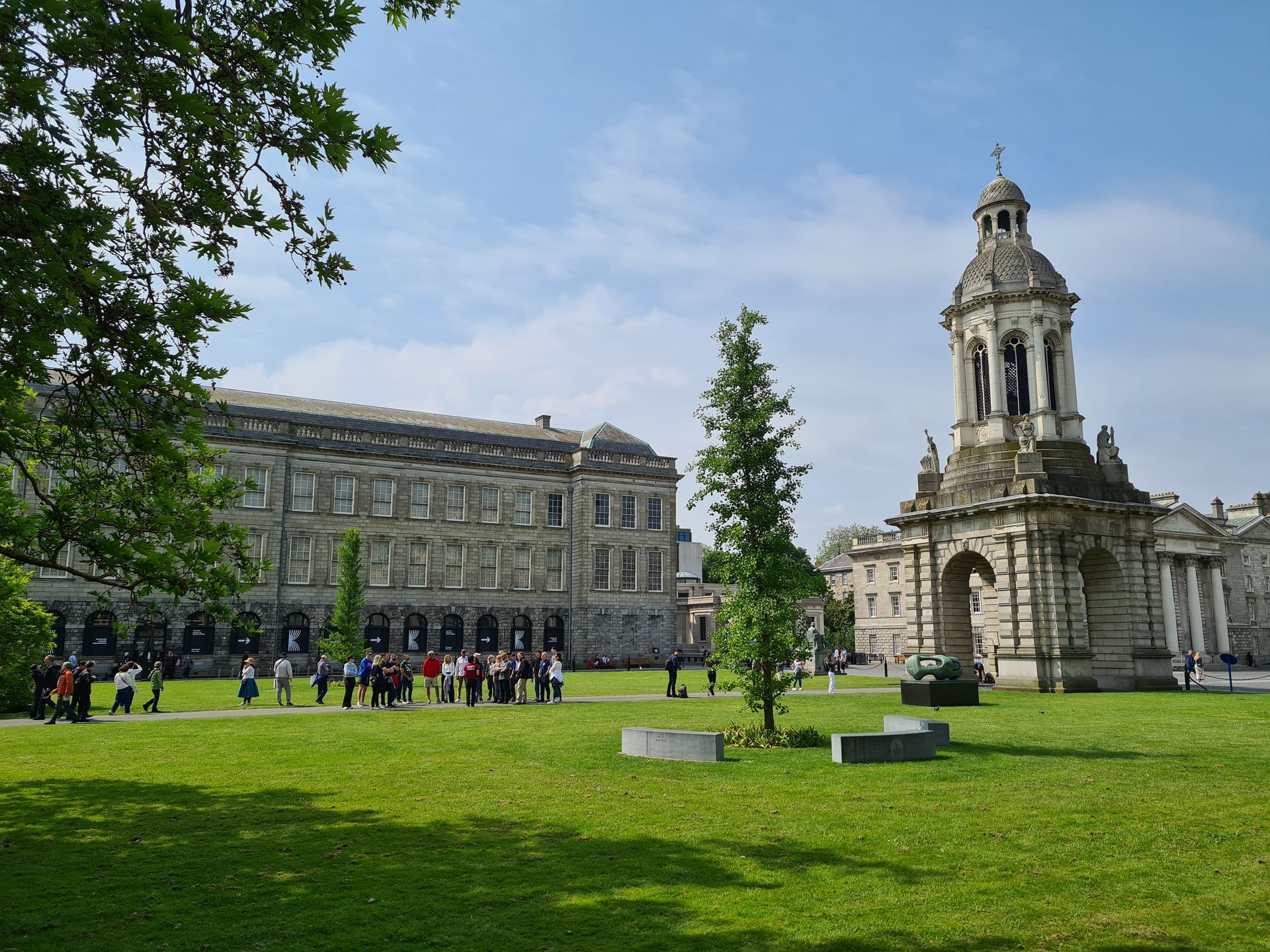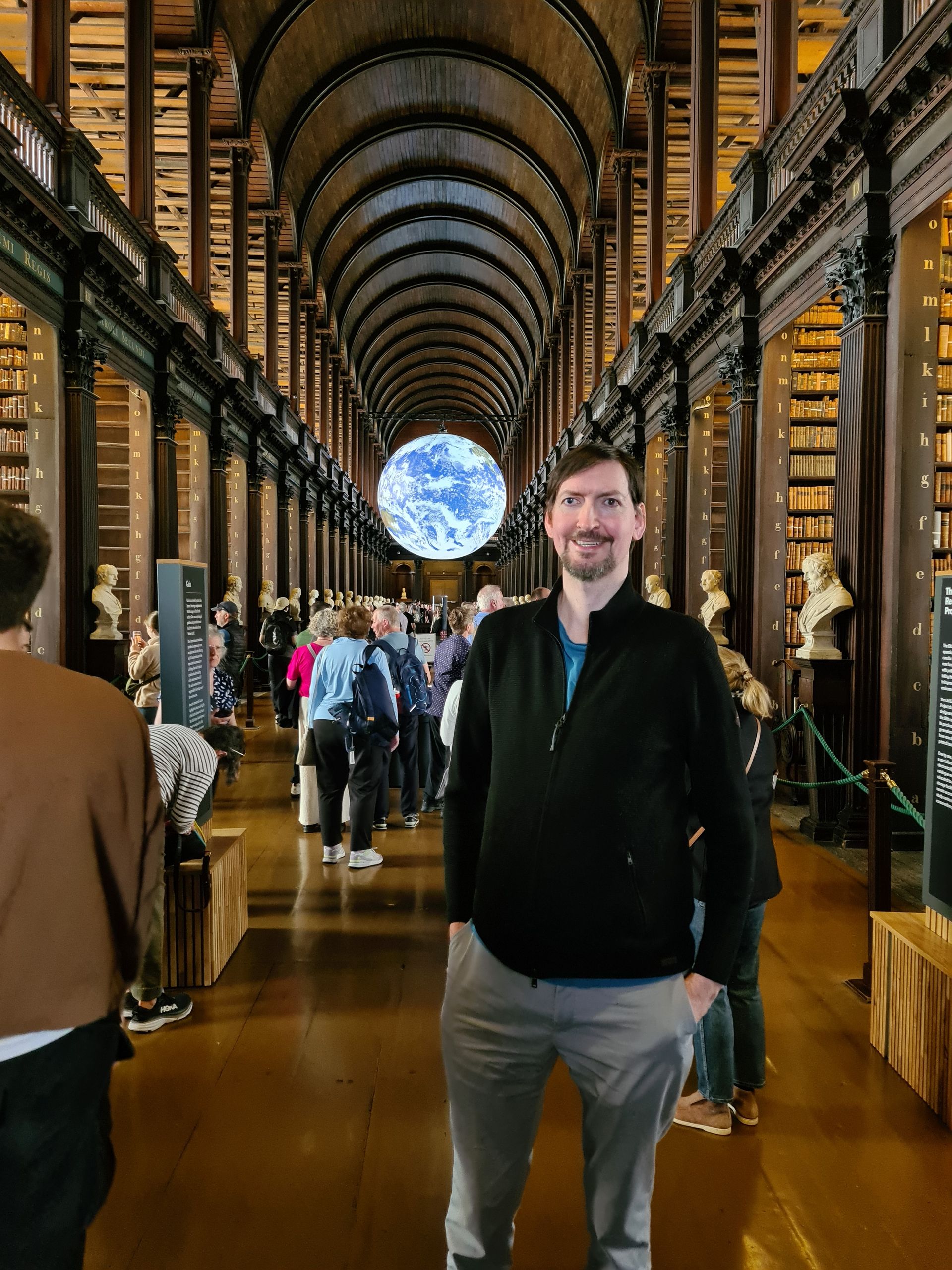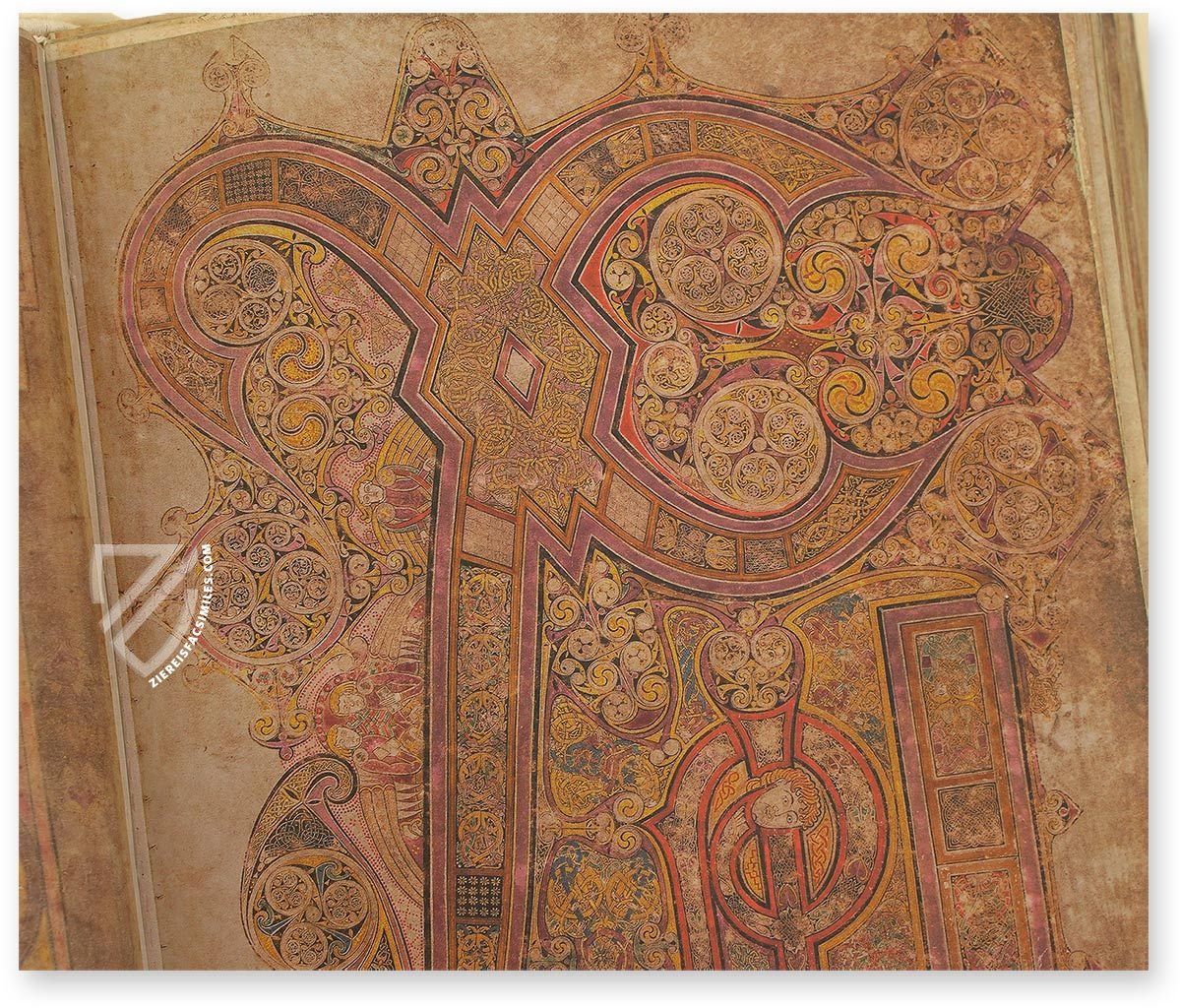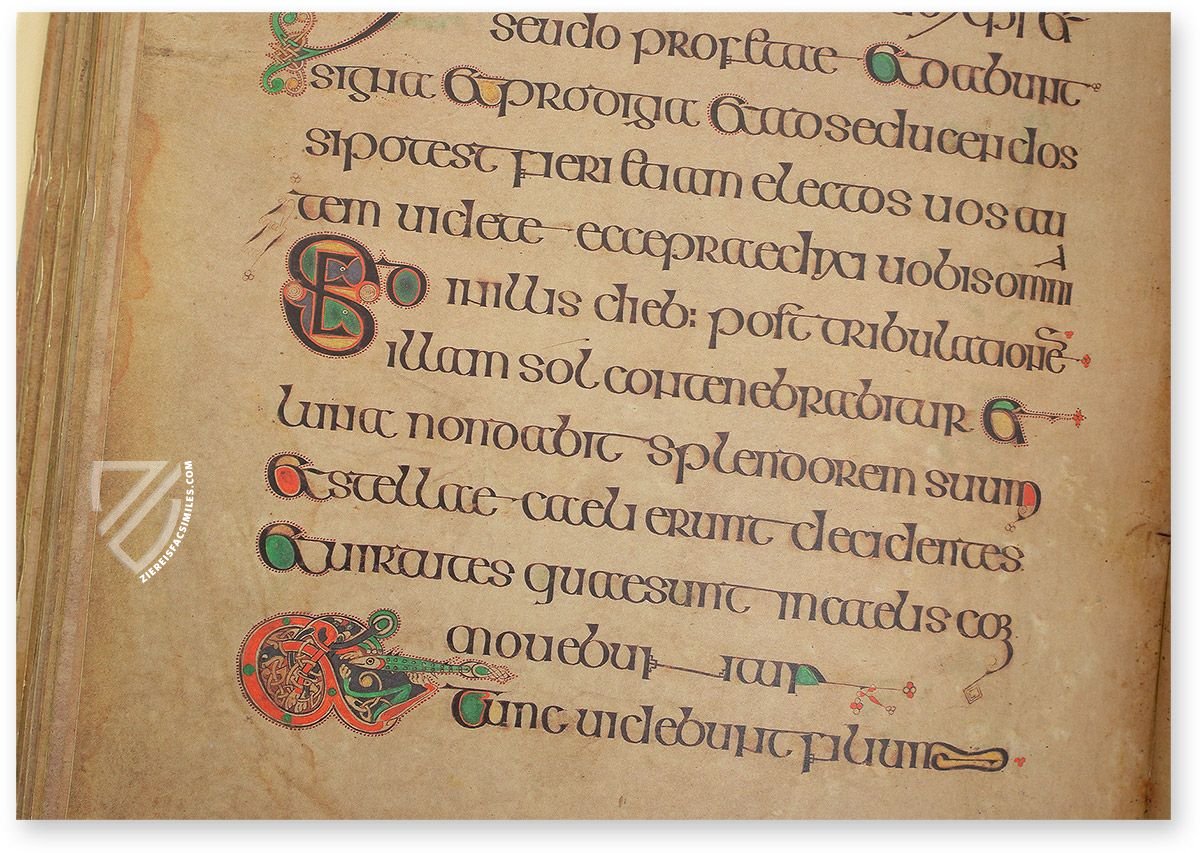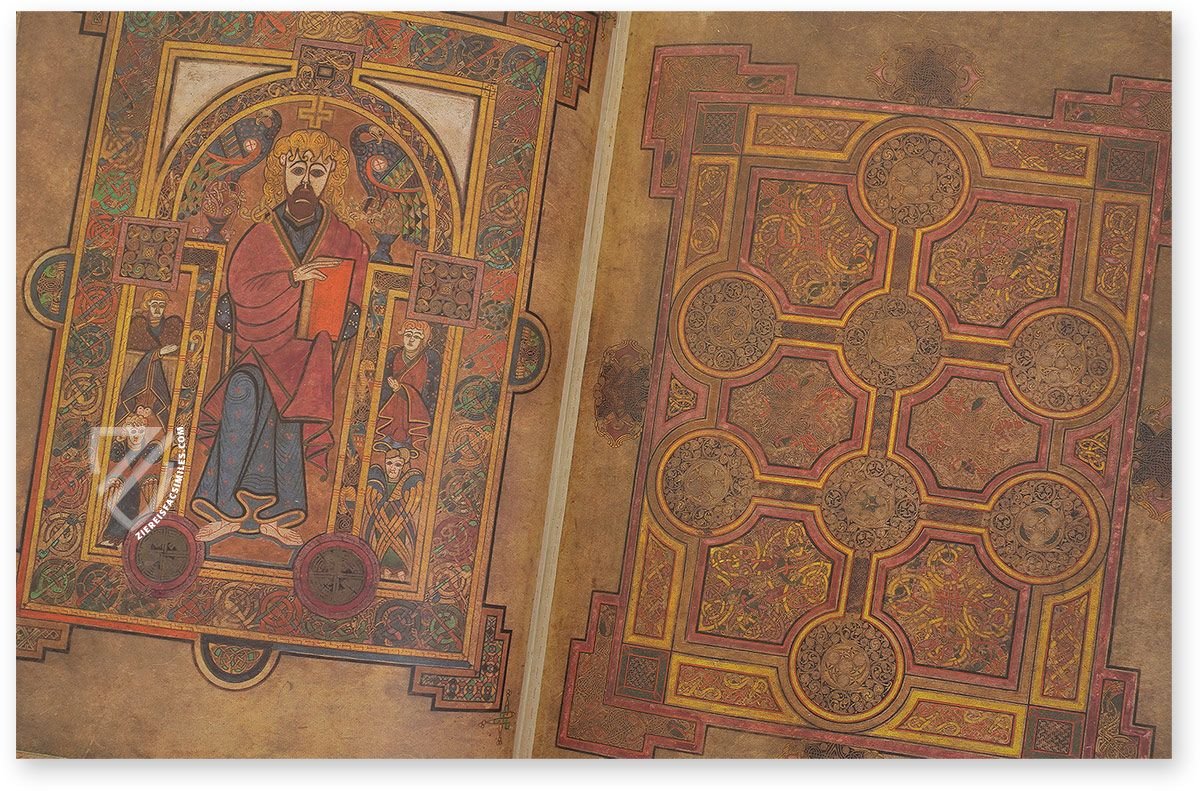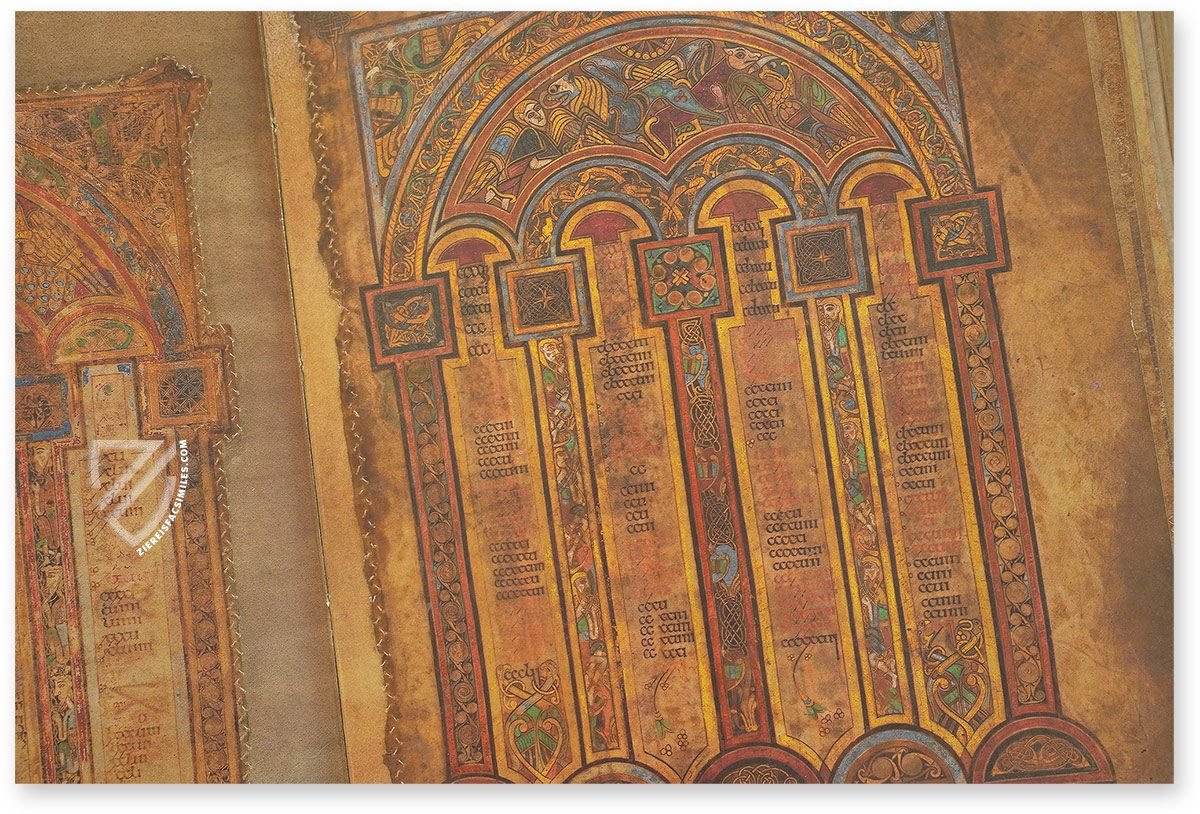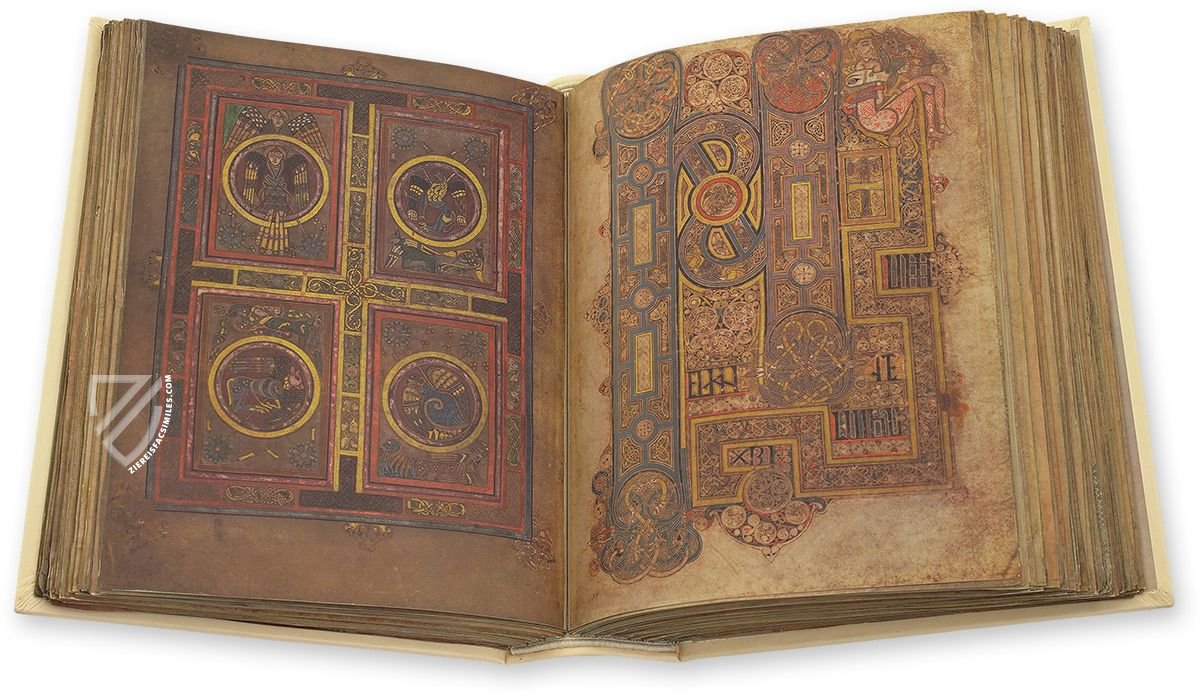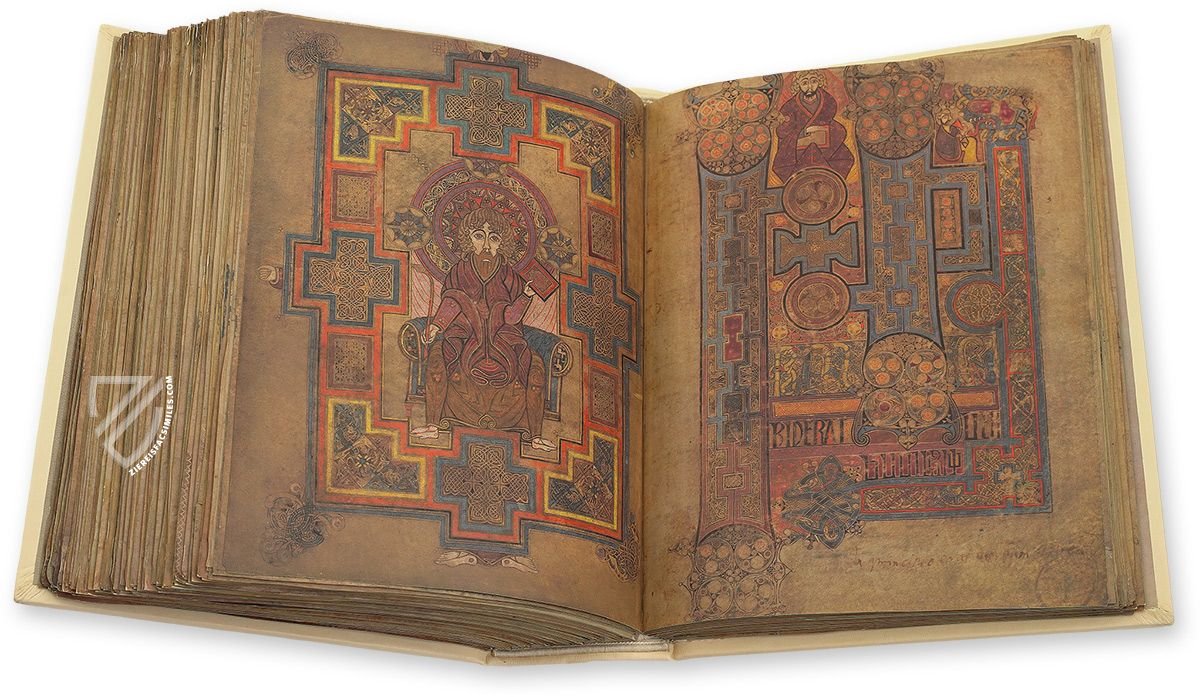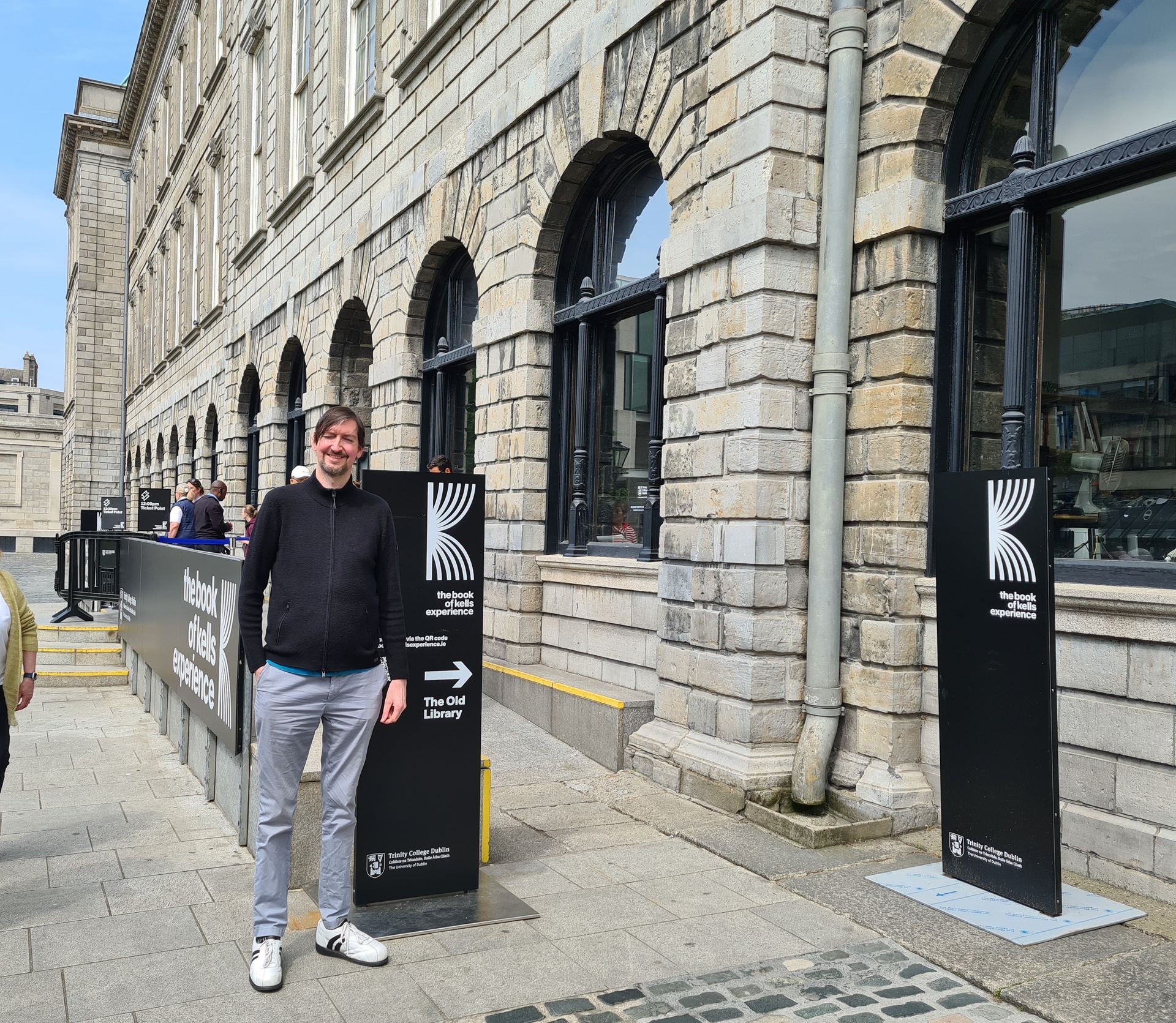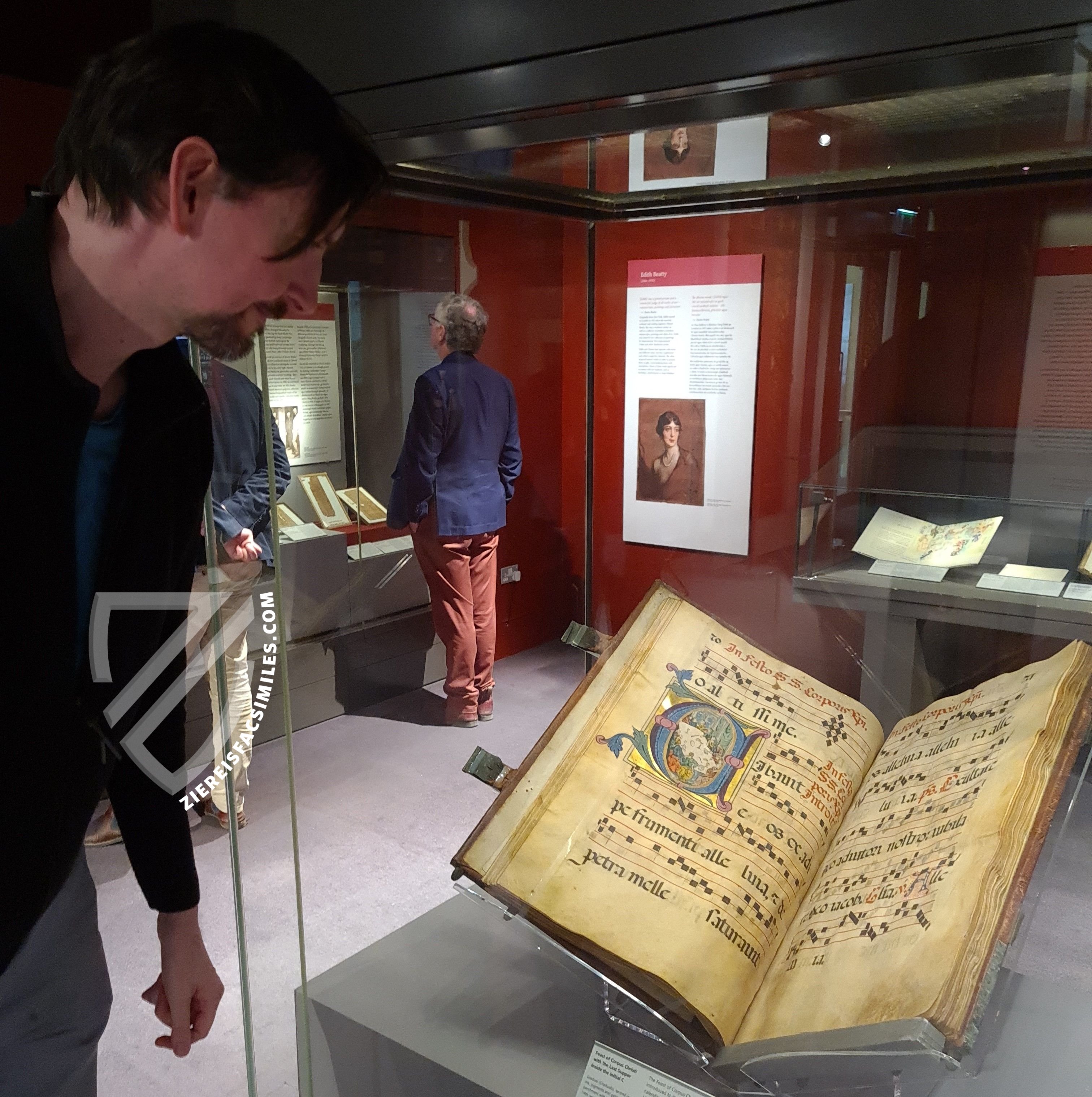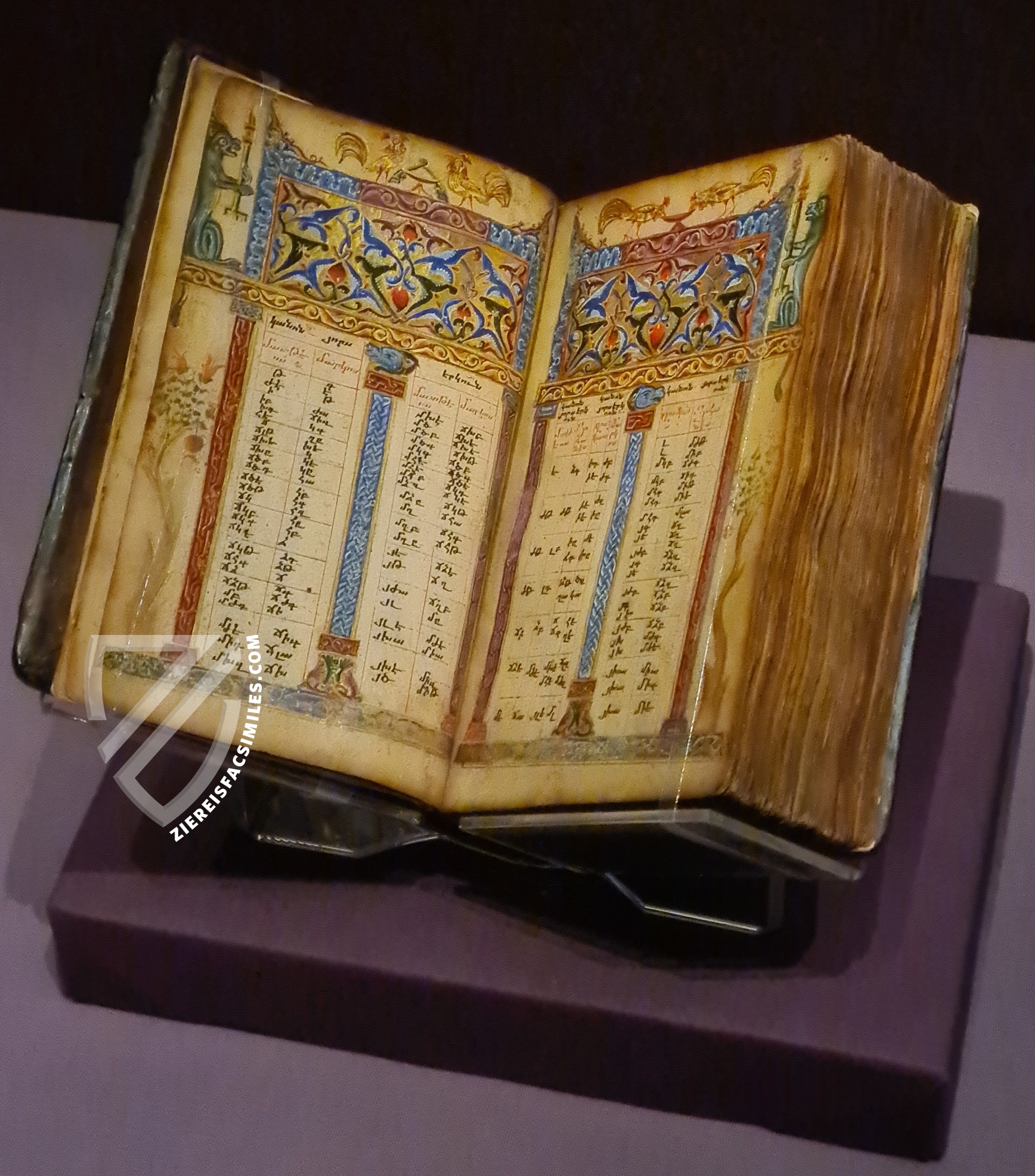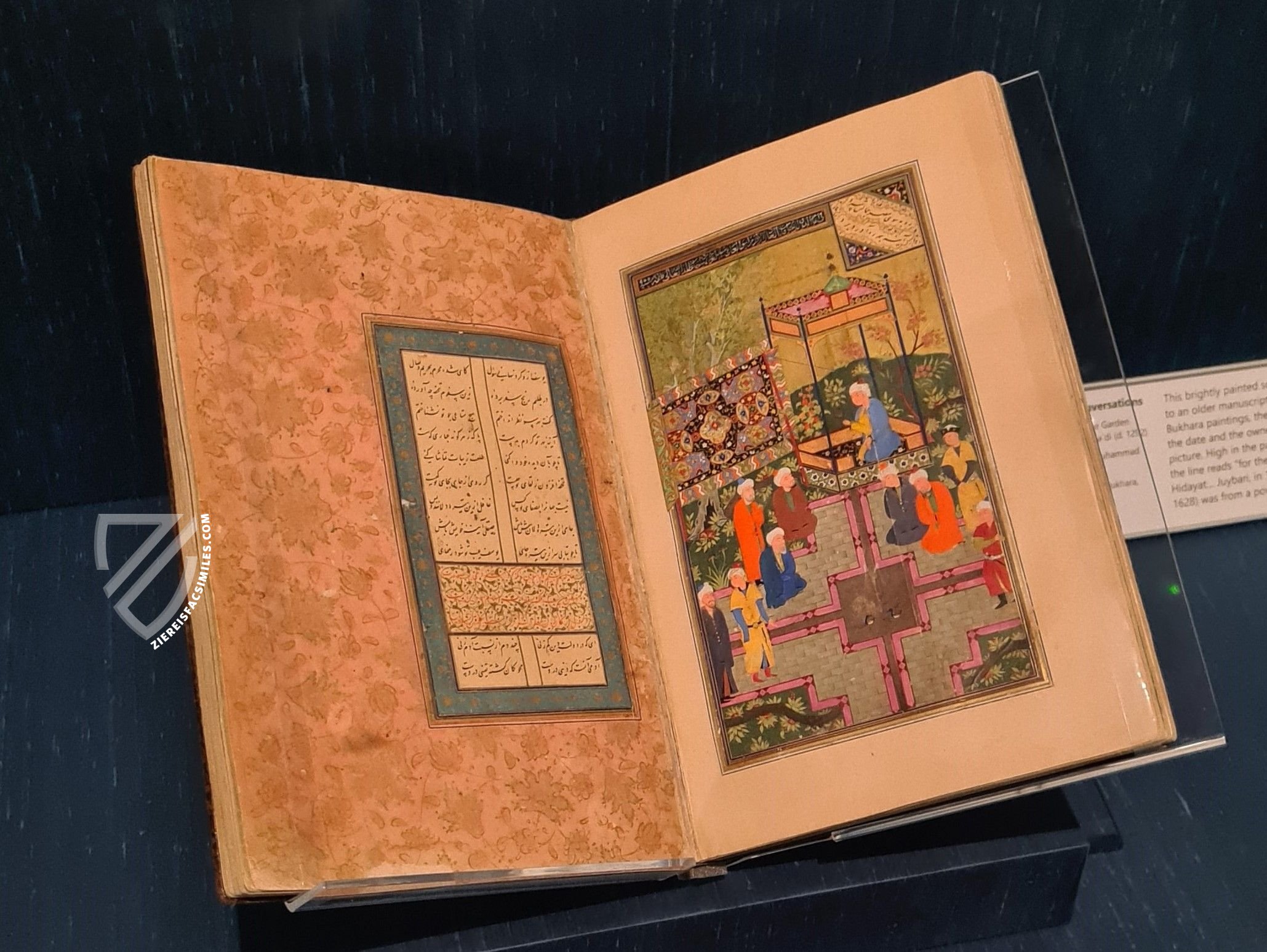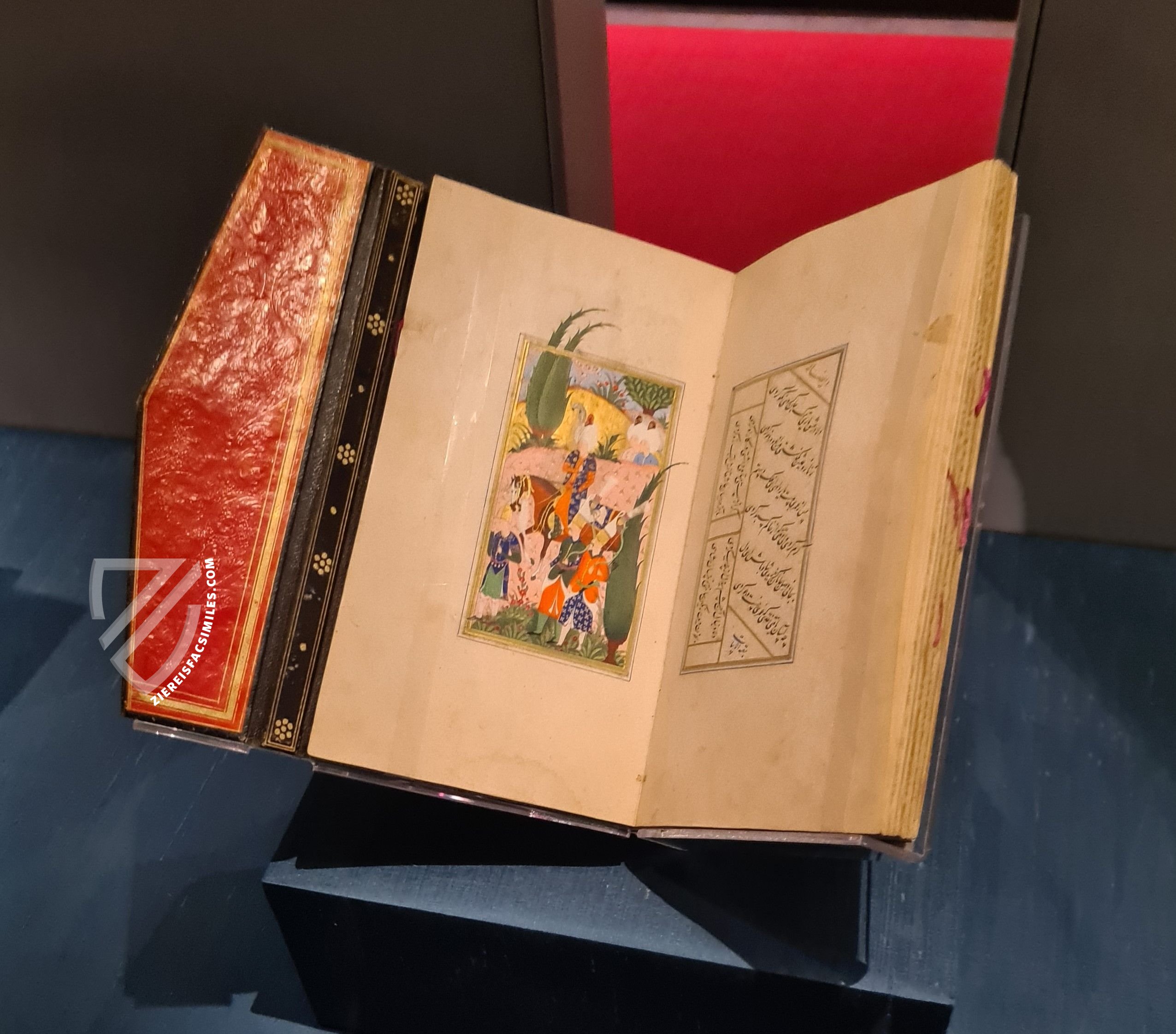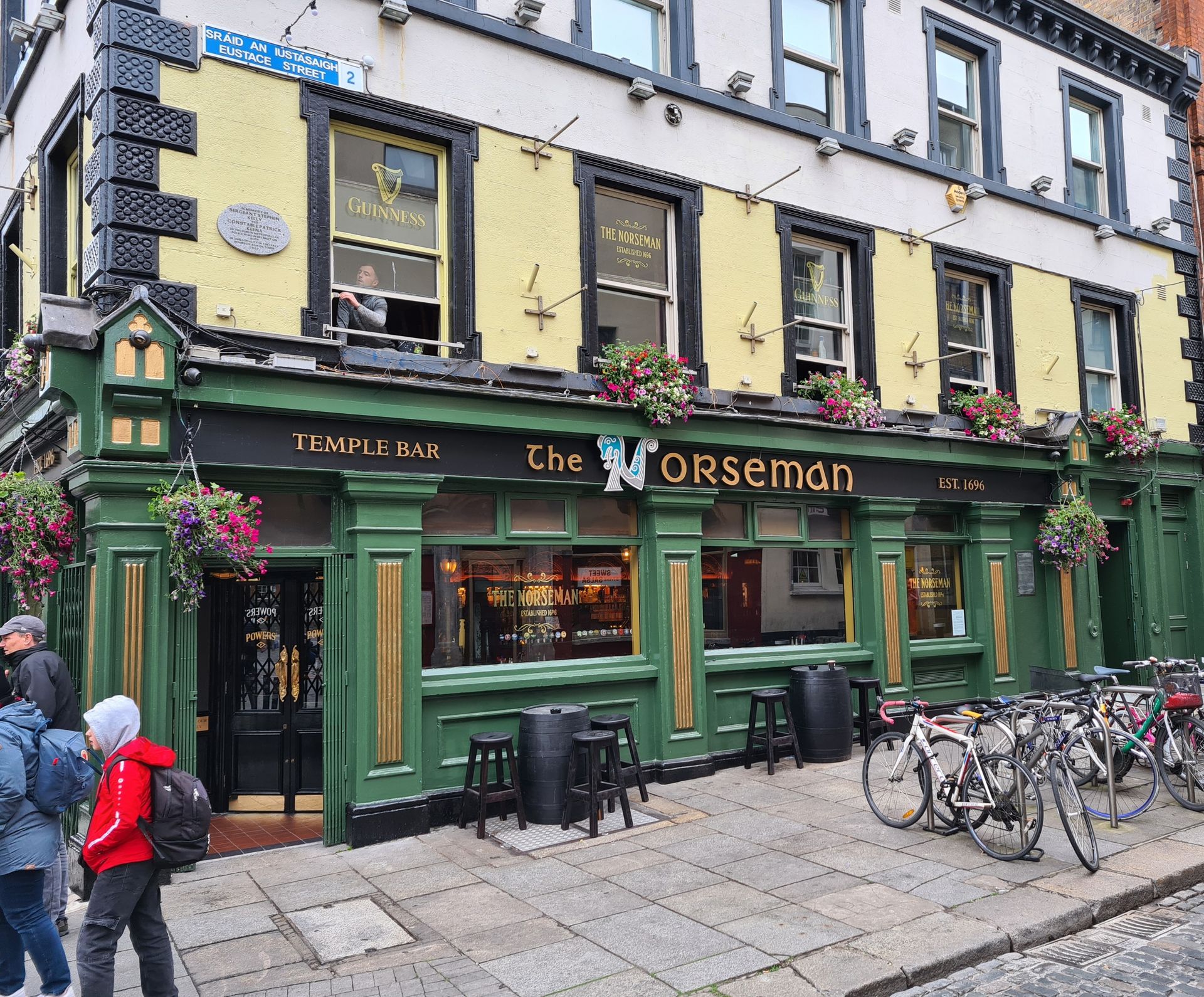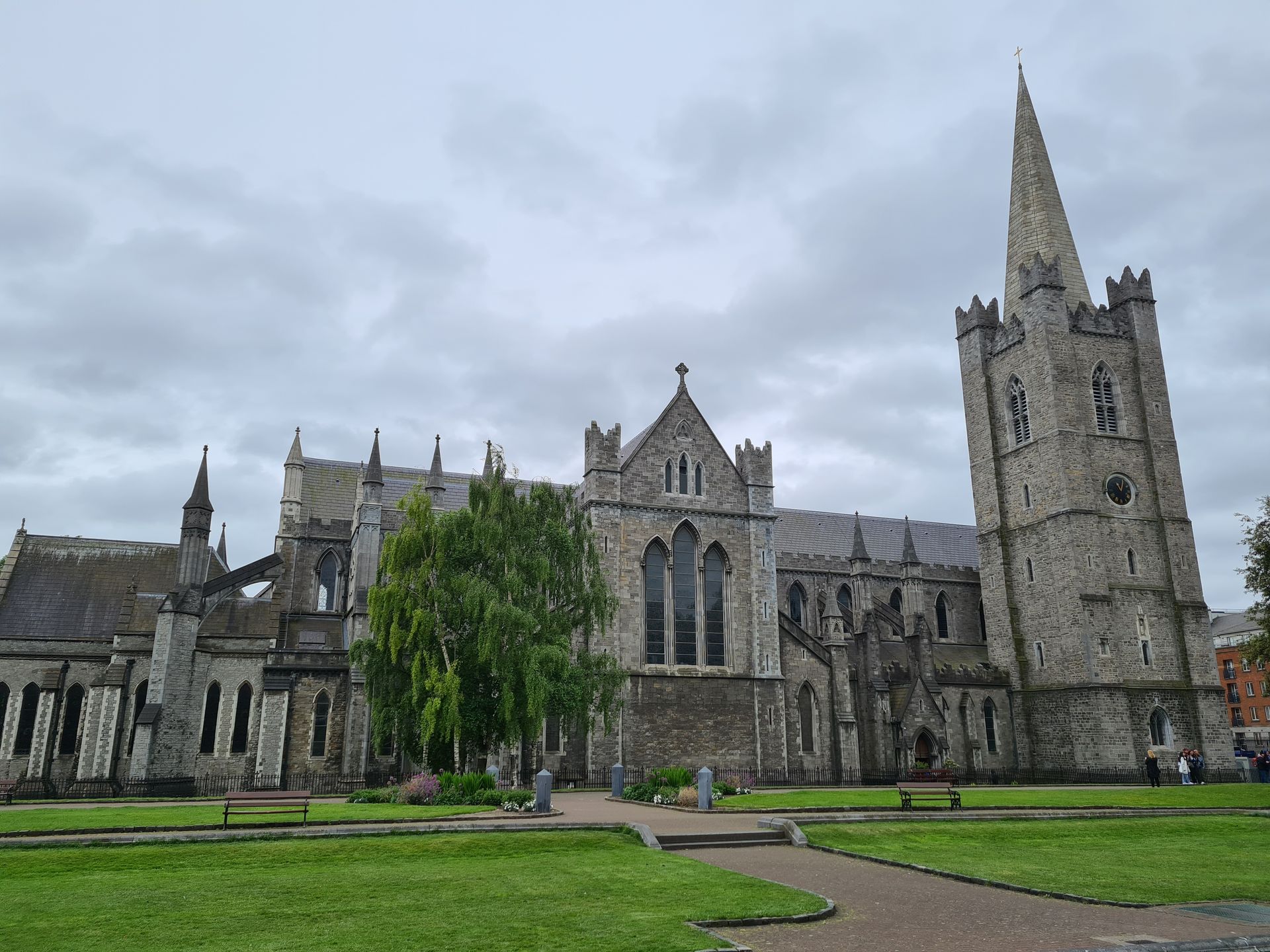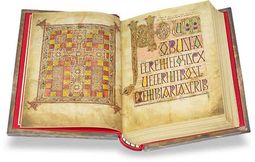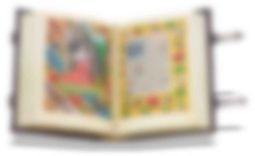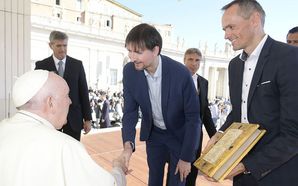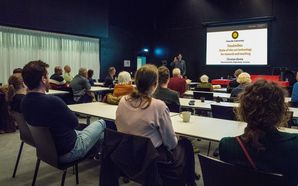THE BOOK OF KELLS IN TRINITY COLLEGE DUBLIN: A VISIT TO ONE OF MANKIND'S GREATEST BOOK TREASURES
The Book of Kells is undoubtedly one of the greatest (book) treasures of mankind: written around the year 800 by Iro-Scottish monks, the manuscript, which was declared a UNESCO World Documentary Heritage in 2011, is probably the world's most well-known example of insular book illumination. This masterpiece attracts more than 2 million visitors to the Irish capital Dublin every year. A visit that is definitely worthwhile, as you can read here in our short travelogue.

Visiting Trinity College Dublin
The Book of Kells is kept in Trinity College in the heart of the city. We start our journey by following in the footsteps of famous alumni such as Oscar Wilde, Bram Stoker and Samuel Beckett on a guided tour of the more than 400-year-old campus, as we pass iconic buildings such as the Campanile and the Old Library and hear all sorts of fascinating and anecdotal stories about student life and the history of the prestigious institution. The students, for example, scrupulously avoid walking under the large bell tower. Because legend has it, if the bell rings just when you are standing under it, you will never pass your exams. It is only on graduation day that all students gather at and under the Campanile to celebrate their degrees.
Trinity College was founded in 1592 under the patronage of Queen Elizabeth I and was initially called the College of the Holy and Undivided Trinity. The campus was located outside the city walls, on the site of the former Priory of All Hallows, and was only open to Protestant students and teachers, as the college was primarily intended to consolidate Tudor rule in Ireland. These strict confessional restrictions were only relaxed after around 200 years. And it was not until 1904 that Trinity Collegeofficially opened its doors to women. Today, it is one of the world's most renowned universities and has almost 20,000 students from all over the globe.
The Old Library and the Book of Kells
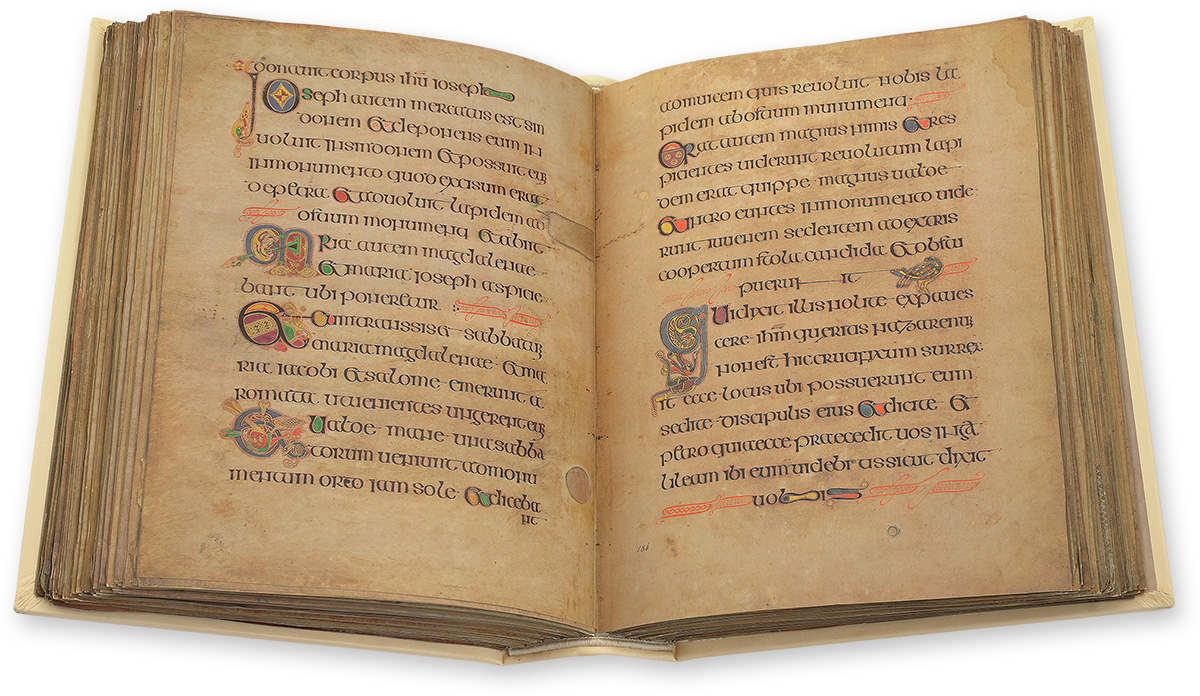
To the facsimile
The highlight of our visit is of course the Old Library, where not only the oldest harp in Ireland, Brian Boru's Harp, is kept, but above all the legendary Book of Kells.
The historic building was opened in 1732 after 20 years of construction and has since housed around 200,000 of the oldest manuscripts, printed books and archival materials from the Trinity College Library. The main room of the building is the magnificent Long Room, a 65-metre high, two-storey hall with impressive wooden vaults and a beautiful historic interior. Today it is also adorned with a breathtaking art installation: "Gaia". This artwork is a spherical sculpture hanging above the central aisle - an illuminated and detailed representation of the Earth created by renowned artist Luke Jerram.
Several rooms of the Old Library are dedicated to the Book of Kells. The manuscript itself is presented in its own "treasury" in dimmed light (photography is unfortunately not permitted). In order to preserve the valuable manuscript in the best possible way, there is always just one open double page in one of its four volumes on display. During our visit, we can marvel at two pages of St. Mark's Gospel that are adorned with stunning zoomorphic initials decorated in gold. It is these very initials that have established the reputation of the Book of Kells.
The early medieval masterpiece, which was probably created on the Scottish island of Iona in the 8th century, got its name from its long stay in the Irish abbey of Kells. It was there that the monks of Iona saved themselves and their book treasure from increasing Viking raids. Although its original splendid gold binding was stolen over the course of time, it is now considered to be the most significant work of early insular book art alongside the Book of Lindisfarne and was listed on the UNESCO Memory of the World Register in 2011 for good reason. The Scottish (and Irish) monks used the most precious materials to create captivating miniatures, breathtaking interlace initials and elaborate calligraphy that is second to none.
The accompanying exhibition The Book of Kells 360, which visualizes its fascinating illumination in threedimensional larger-than-life animations, is a particularly exciting way to experience this gem of early medieval book illumination.
Marvelous Book Art in the Chester Beatty Library
After visiting Trinity College, the tour continues to the nearby Chester Beatty Library. It was originally founded as the private library of the American entrepreneur Sir Alfred Chester Beatty (1875–1968) and has been housed in the so-called Clock Tower Building from 1820, which is part of the Dublin Castle complex, since 1995. The library, which is actually a museum, hosts some of the most important collections of ancient, Persian, Islamic, East and Southeast Asian as well as Western European manuscripts and early prints. Particularly famous pieces include the Beatty Rosarium, the Quran of Ibn al-Bawwab and the ancient papyrus fragments with biblical texts P45 and P46.
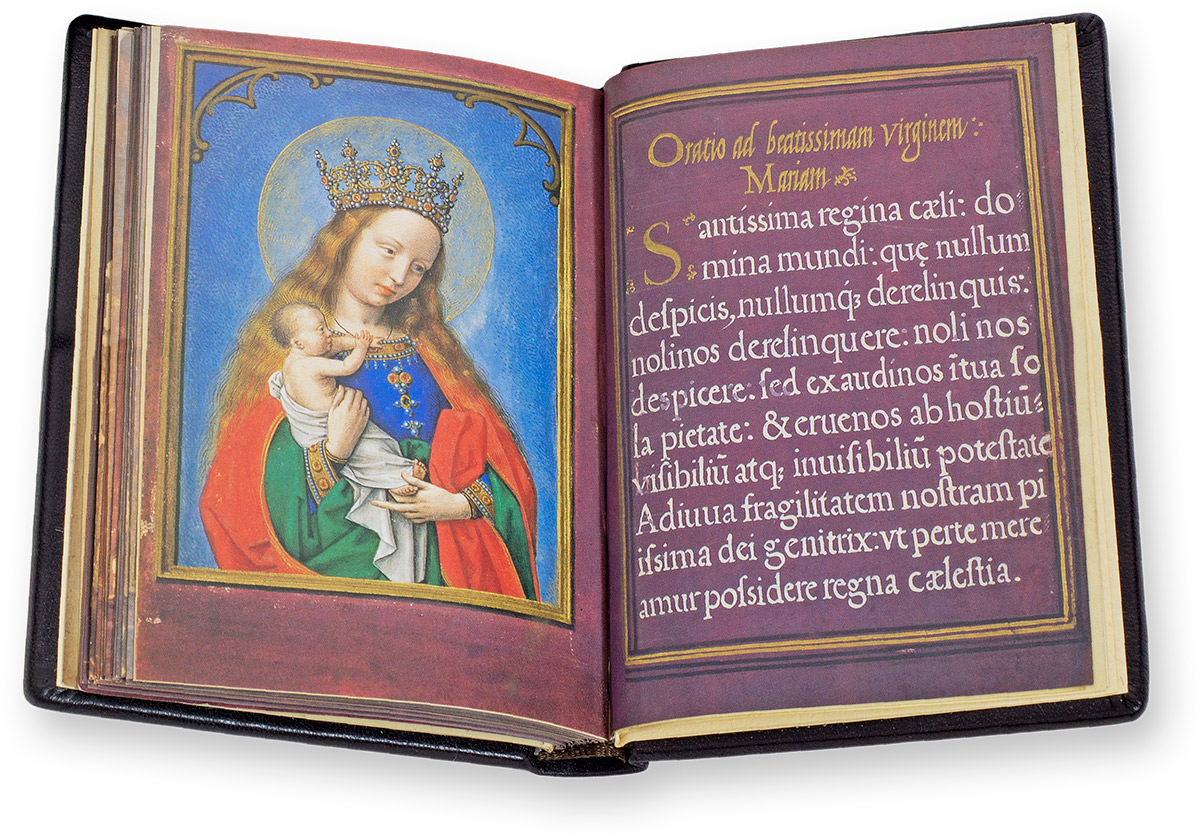
To the facsimile
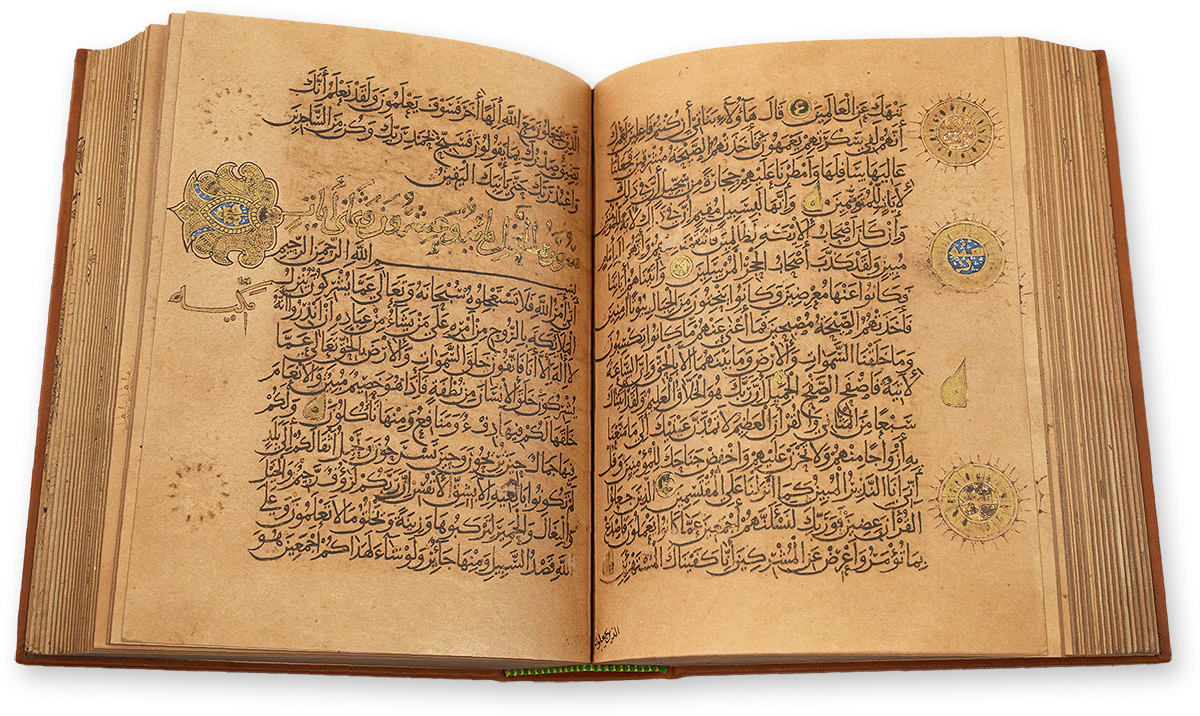
To the facsimile
Currently on display in two extensive exhibitions alongside various writing tools and illumination materials were numerous beautiful book treasures – including an impressive Italian gradual, a colorful Armenian gospel book, a magnificently illuminated Uzbek codex with the story of the prophet Yusuf and a fabulous anthology of Persian poetry. As in all Irish public museums, admission is free.
Dublin – Always Worth a Visit!
Even though the books were of course the main focus for us, Dublin would always be worth a visit even without them. The National Museum of Ireland, for example, is home to magnificent art treasures from early history and the Viking Age, while the Natural History Museum is not only fascinating for its exhibits, but also for its impressive architecture. You can stroll through the city and its legendary pubs, visit the Guinness brewery and numerous whisky distilleries, enjoy the breathtaking nature south of the city and the sea is less than an hour away, with great hiking opportunities along the cliffs. And last but not least, the people there are among the most hospitable we have met on our many travels.



